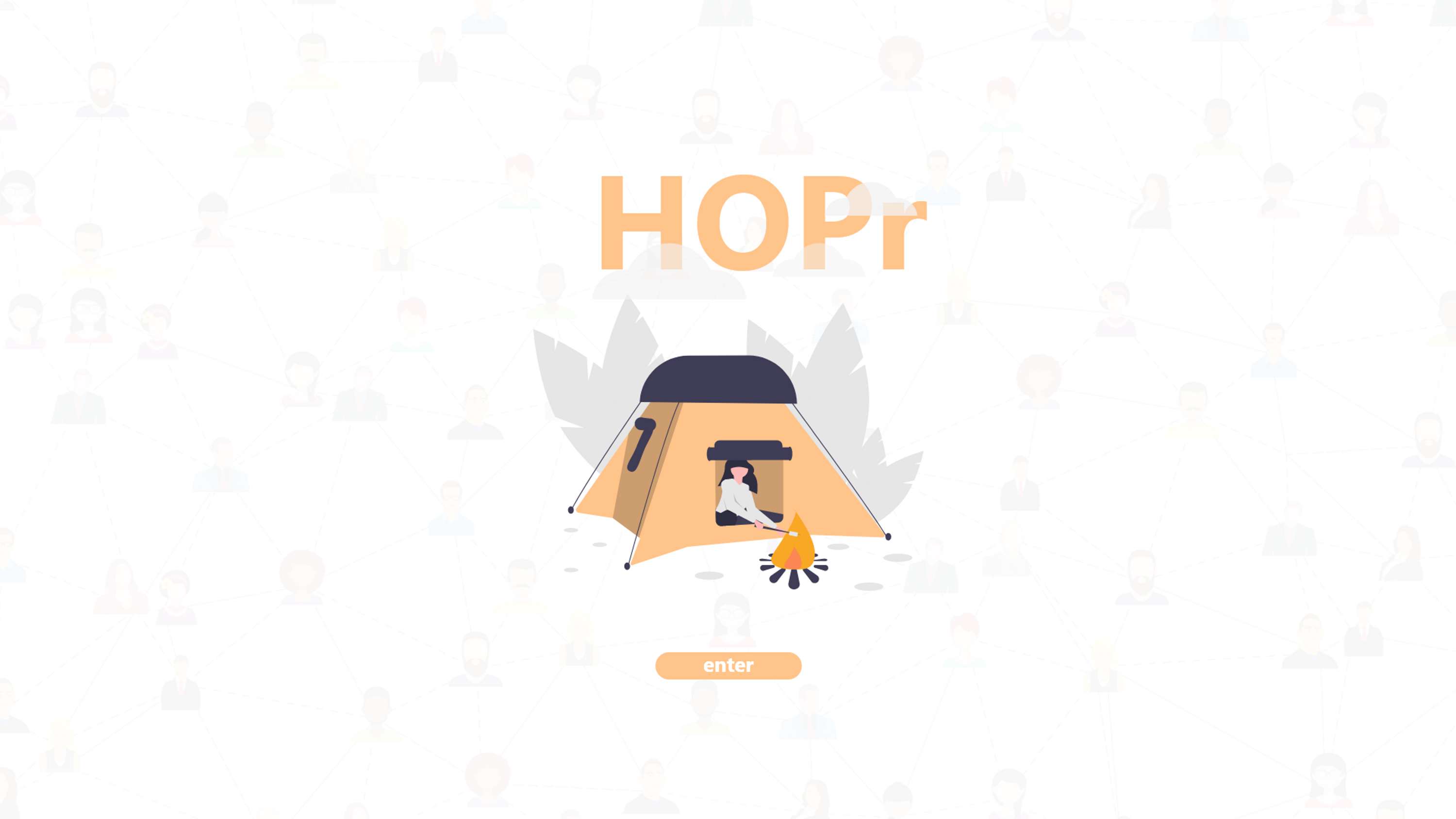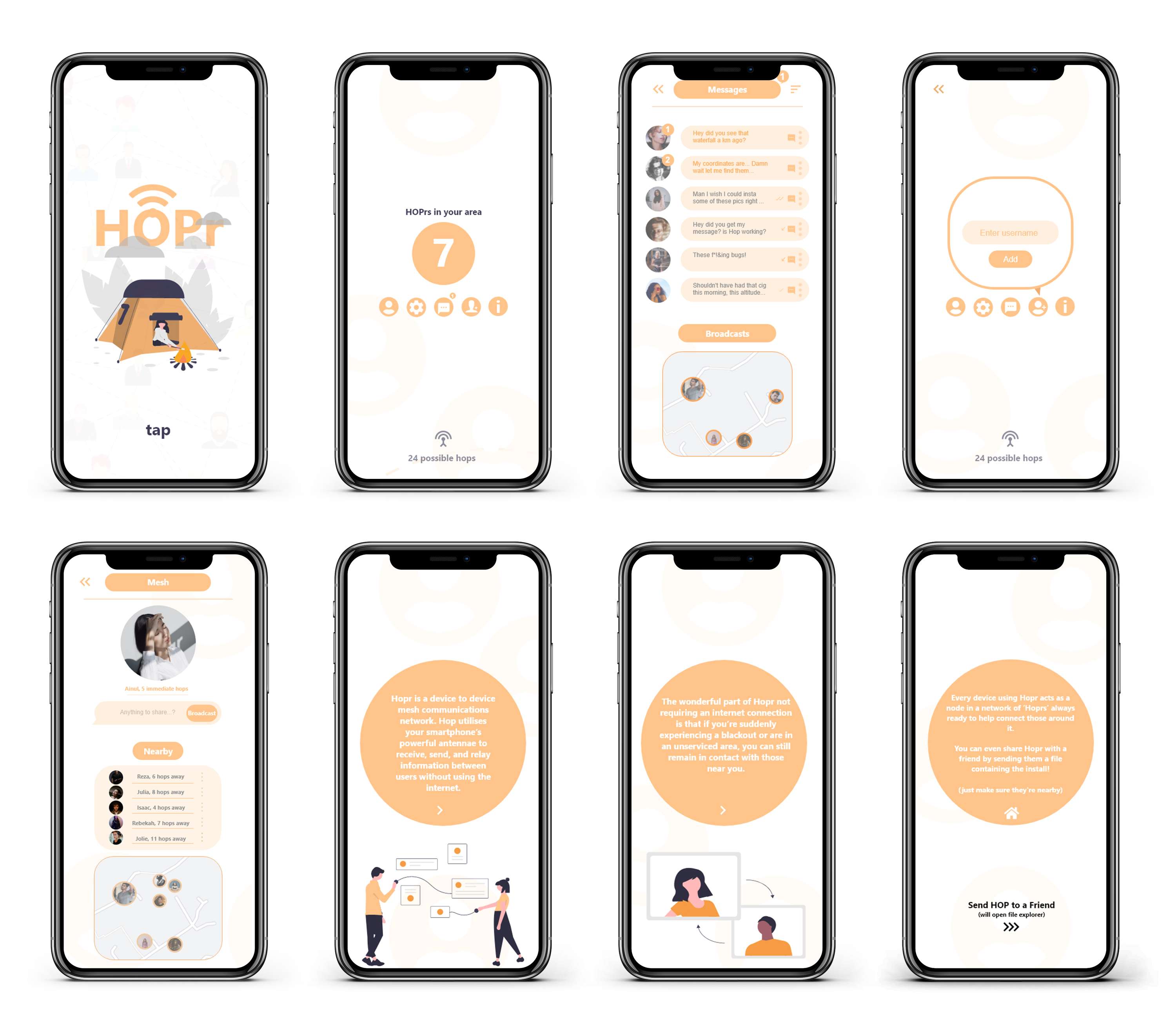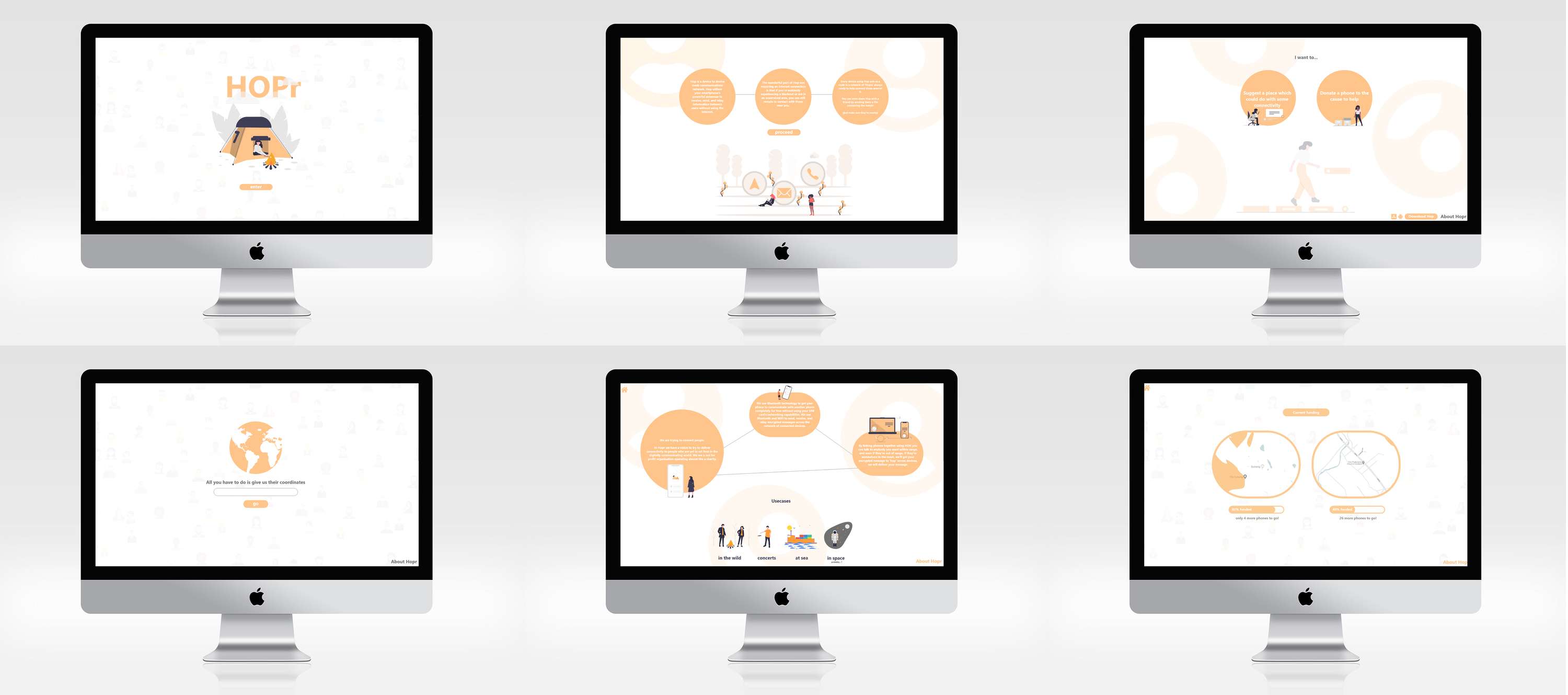There are around 3.4 billion smartphone users in the world meaning almost 1 in 2 people are enjoying the benefits of being able to connect to the digital sphere.
This distribution is not uniform globally though, there are places on Earth where people reside but cannot communicate with one another for any number of reasons. Some of these reasons may include infrastructural issues whereby geography does not support connectivity, politically induced outages, natural disaster, and so on.
These are all barriers to individuals being able to remotely connect to one another to share information. In this day and age it is to be at a severe disadvantage should one lack the means to access the internet. And now the necessity for the internet has never been higher with Covid-19 bringing the self-applauding pioneers on the world stage to their knees, causing global unrest and catastrophic damage to society. Despite this, there are places where governments actively suppress people’s connectivity for geopolitical reasons, and even some third world countries being used by multi-billion dollar corporations as guinea pig markets for ‘solutions’ that violate the net neutrality laws of even the host nation.
As Bluetooth 5 succeeds Bluetooth 4, the theoretical range capabilities increase from 20m to 240m. By employing the use of social (media) campaigns, connectivity can be ‘crowdfunded.’ Entire decentralised metropolitan area networks (MAN) can be cheaply implemented with a combination of donated phones and purpose bought devices. Using Bluetooth 5’s large range, effective and meaningful remote communications can be independently installed in areas affected by connectivity issues without the use of conventional cellular infrastructure. Hopr, a P2P mesh messaging app and a collection of others come preinstalled with the phones allowing people to get started right away connecting to each other and sharing the apps with their fellows. As little as 15 Bluetooth 5 devices per square kilometre are needed to provide enough information relaying fidelity to everybody in the area running even older Bluetooth versions.
Wider context -- The problem
The issues to solve are mainly rooted in infrastructure and politics which can be viewed as the same thing depending on who is asked. Governments are increasing how many internet shutdowns they conduct despite the growing necessity for digital citizenship. Areas of the world are still facing infrastructure related barriers to connectivity and are offered little to no help to get connected if not otherwise exploited. The number of users casting doubt on their internet service providers is also increasing rapidly as seen by the growing market value of virtual private networks. Security and privacy are paramount to the unhindered communications of people and user data is becoming more and more of a commodity.
By addressing regional connectivity issues by installing temporary P2P communication networks some challenges can be overcome in places worst affected by lack of coverage. User led solutions can offer transparent and autonomous directive to communities and really encourage growth and cooperation within. The open source nature of Android OS phones is an advantage for independence as well, removing the need to rely on prescribed content and certain barriers to autonomy. The fact that billions of people are connected to each other on the internet has led to a lot of good and has allowed platforms to exist for people to cooperate and help one another.
Particularly crowdfunding appeals to a demographic’s interests in order to raise resources for a proposed goal. Technology is amazing but there is more that can be done to help people with it, electronic waste is an increasingly difficult to manage issue in some third world countries and the potential to recycle technology to connect individuals and communities is very promising.
Specific context -- Internet shutdowns
Having access to the internet is widely considered a human right, however, the instance of governments actively restricting access to the internet to limit communications between people has been increasing. In particular, India is leading the world in terms of internet shutdowns while ironically boasting the title of “World’s largest democracy.” In the pursuit for a more representative government, all over the world people are shunning the use of government provided internet infrastructure at the consumer level. This is seen by a rapidly growing number of people using VPNs to access the internet. VPNs are often used in order to keep a user’s connection private and secure from surveillance. As internet service providers have to operate at the government’s disposal the technical possibility of the government being able to turn off the internet or see exactly what you’re doing is a very real one, even seen recently in the US as the FBI demands access to US citizen internet history. .
Governments rely on ISPs in many ways especially in the realms of cybersecurity and national security. VPNs are widely advocated for by individuals who invest time in using peer-to-peer networks or P2P for short. P2P networks are computer systems that are connected to each other and transfer information across users on the network without routing information to a central server. This makes P2P a very difficult thing to monitor and in some cases to stop. In the context of internet freedom a P2P communication network can be the next best thing in the case of a government mandated internet shutdown, sudden loss of connectivity, or to introduce some form of connectivity in areas still untouched by internet infrastructure. The Hong Kong protests for democratic independence from China have seen people engage with Mesh (P2P) messaging applications since 2014 when over 210,000 protestors downloaded Firechat over the course of two days in order to avoid using government facilities for communication. The problem with mesh apps is that each device typically has a limited range of around 70m (WiFi and or Bluetooth 1, 2, 3, or 4) in optimal conditions. This means that the network is somewhat reliant on population density and how many devices are within each other’s range at any given time.
In highly densely populated areas there is a larger scope for it to work as a seamless network as opposed to in remote areas. One of the areas which has had the most internet shutdowns has been the State of Kashmir in India where access to the internet has been shut down since August 2019. Comparing the population density between Hong Kong (6300/km2- 2011) and Kashmir (56/km2- 2011) we can see that Hong Kong is over 100 times as densely populated as Kashmir and thus would facilitate a better mesh network, whereas in areas similar to Kashmir this may not be possible. However modern day technology constantly evolves and with the turn of the decade, manufacturers have begun adopting Bluetooth 5.1 technology in their hardware which could solve the shortcomings mentioned earlier. Bluetooth 5.1 has an optimal range of 240m which is almost 4 times as large as its predecessors’. All over the world if people are facing infrastructure related connectivity issues or are in areas too remote for ISP presence then there might be a way to better the situation, by exploring the capabilities of Bluetooth 5.1 to find a solution.
The work itself takes shape in the form of a social (media) campaign, a solar powerbank phone case, and a P2P messaging smartphone application.
Even if access to the world wide web is limited, to be remotely connected to the people in your environment is a very ambitious and very positive change in a community which would have otherwise only been connected through conventional telephone. P2P could connect a lot of people, the potential is limitless. It goes without saying that you may not necessarily find many smartphone users in areas where internet access has never been the norm. Despite this barrier, the mitigation is a relatively cheap solution. The theoretical possibility of Bluetooth 5’s area of range is 45,238m2. This makes the cost of establishing a P2P communications alternative to the world wide web as cheap as the lowest priced Bluetooth 5 smartphone on the market per 45,238m2.
The social campaign aspect of this endeavor plays a large part as it is people who have to alert us about which individuals are facing issues with coverage in their areas. This referred area would then be looked at, and depending on how many people have smartphones in that area the plan of action changes.
Areas in which nobody has a smartphone or knows how to use one may receive connectivity from donated smartphones or from crowdfunded financial efforts. Connectivity depends on how successfully one can fundraise.
Areas facing sudden internet outages which were priorly large markets for smartphones can get connected to each other with minimal efforts as it only takes 22 Bluetooth 5.0 phones per square kilometer to provide connectivity to every other Bluetooth user in the area thanks to backwards compatibility.
Areas of low income where the instance of owners of phones with Bluetooth 5.0 is low but 1, 2, 3, 4 is high can be supplied with a calculated number of phones per square kilometer at the cost of donor money.
The solar powerbank is a very simple, designed waterproof phone case with a solar-charged powerbank attached to it which just has to be placed anywhere in sunlight with a BT 5.0 smartphone in it. This is to maintain coverage, active range, and to act as a beacon between any 2 or more groups of people geographically located more than 200 metres away from each other. The case is modeled after a ‘rugged’ case and the powerbank conventionally connects to the phone via the USB making the technology for repairs and updates very accessible, especially in Asia. The more rural the area, the higher the need for a cheap, renewable energy source.
Hopr, the P2P Mesh messaging app is a vision for an easy to use P2P experience with a UI that simplifies what might be perceived as a daunting UI in other competing applications. The app is to be translated into as many languages as needed. Users can use this app to send each other messages, voice notes, photos, and so on over Bluetooth without using the internet so long as people are within each other’s phones’ ranges. Within the application there is an information section which describes the functions as a messaging app which helps send, receive, and relay information between users.
There is an option to send the installation file via Bluetooth to any capable phone for instant installation and addition to the network. The emphasis on the design of the UI here is big as offering this kind of solution has to take into account different ways of life of many people and the differences that make every group of people unique from one another. The UI should be as easy to understand as possible with colourful and bright imagery, smooth transitions, and small file install size in order to accelerate the distribution of the technology from phone to phone. The application features an SOS button which alerts preset user permitted contacts to the exact location of the emergency. There is a preference here for the utilisation of android phones due to their open source nature. Motivated communities may harness any of the other sensors a smartphone has in order to remotely monitor any permitted aspect of their environments as well. For example, a temperature sensor may provide one with insight regarding farming, a microphone could facilitate an intercom, and a camera could provide surveillance.
As the internet continues to reach further and further corners of the earth, the power to prevent its spread is also becoming stronger as connectivity is at the discretion of the highest level of government. By using the power of social media and relying on human compassion, incredible events have transpired over the years. Even though politics more often than not interferes with compassion, very few nations if any restrict access to smartphones further adding to the viability of using Hopr as a means of connecting disconnection prone individuals.
With Bluetooth 5.0 phones costing as little as 150 GBP the cost of total coverage per square kilometer is as cheap as 15015 = 2250 GBP. While P2P messaging apps have been around for a long time, the active push for their implementation in rural areas to provide a form of network to peoples has not really been advocated for. The efforts are generally focused around providing conventional internet infrastructure but it takes years of planning and relying on huge investments in order to fulfill. As a temporary, good, and cheap solution P2P networks are a very viable option. The other focus of Hopr is on the usability of its UI. The UI as mentioned before is intended to be very simple and intuitive to use.
For this reason the touch gestures for the application have been limited to only taps in order to dampen the potential learning curve attached to the employed use of the product to cater for the most diverse range of users as possible. With only a little amount of text in the application, the translation of the app can be done to any language very easily and very quickly. When compared to other P2P messaging apps, other apps such as Firechat and Bridgefy lack a low clutter UI and focus more on the intricacies of the technology rather than the experience of using the application itself. Overall connectivity should not be privatised and the means should be in the hands of the users, the phones that would be sent out to areas of interest would also come preloaded with the 10 leading other P2P messaging applications in order to allow for the most possible freedom within the circumstances.
It is not the job of Hopr to be the only P2P mesh messaging app, but even in functionality beauty has its place. Schemes to bring connectivity to rural areas have always still been shrouded in corporate agenda, Facebook’s Freebasics received international criticism for offering a ‘watered down’ version of the internet for rural communities. Their data policies were unclear and their entire service was in total breach of internet neutrality laws. Therefore by providing other options we are allowing communities to determine for themselves what platform fits their digital tendencies best, overall contributing to the motivation of ‘doing the most’ for these communities as opposed to trying to build consumer markets out of them.
While offering a P2P mesh messaging network as a solution, in its current state it does not fulfill all connectivity needs, it can feasibly fulfill connections between individuals in communities but connecting to facilities beyond the community’s sphere of influence would not be possible. Bluetooth based P2P does not allow somebody to use the world wide web without the use of an ISP. However there is potential for P2P to change a lot of things in the rural day-to-day life. P2P can bring another level of environment event logging to communities previously operating without digital aid and can help to train and prepare the communities in question for the future adaptation to the world wide web. By familiarising people with technology, new tools, new ways of connecting with one another innovation can breed as well. Once digital literacy becomes less of a privilege, people may naturally interact with one another using wireless communications as a facilitator as opposed to a novelty. The emphasis on the open source nature of the deployed technology cannot be focused on enough, innovation cannot be forced on somebody else’s terms, freedom to tinker with software and hardware should be the right of the owner of the device. When the means of communication are owned by the people, the people will choose the best paths to guide their society towards a better, more connected, prosperous, and fair society.
Hodges, R. (2014). Infrastructure Report 2014Ofcom’s second full analysis of the UK’s communications infrastructure (pp. 1-192, Rep.). London: Ofcom.
India, Government of India, Census. (2011). Census of India, 2011 (p. 2011). Srinagar, Kashmir: Directorate of Census Operations, Jammu & Kashmir.




